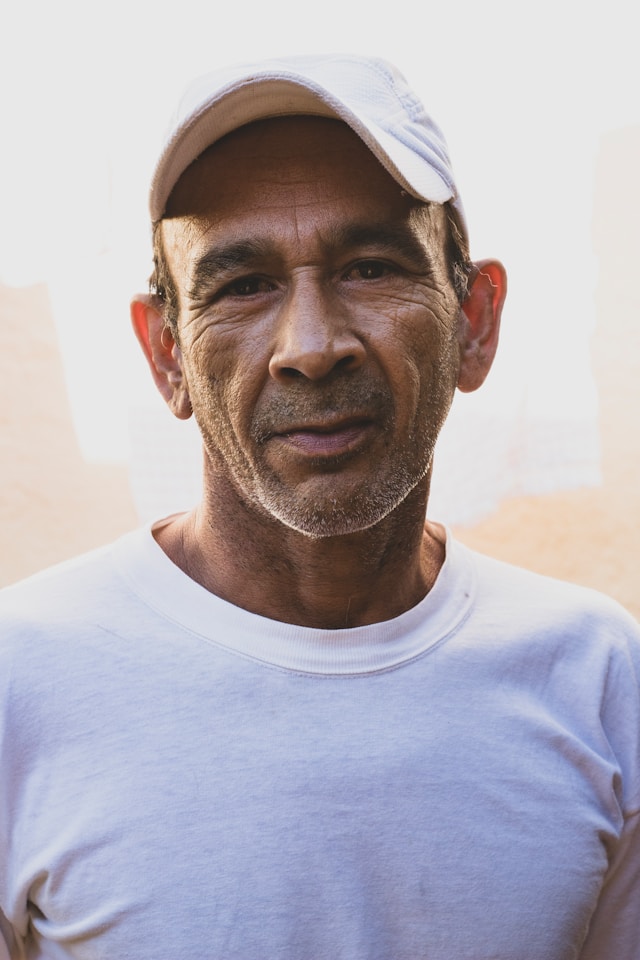Fury (2014) Ending Explained
TL;DR:
The ending of Fury (2014) depicts the brutal final stand of Sergeant Don "Wardaddy" Collier (Brad Pitt) and his tank crew - Bible, Gordo, and rookie Norman-against a battalion of Waffen-SS soldiers during the final days of World War II. After their tank, Fury, is immobilized, the crew chooses to fight to the death rather than surrender. Norman, the youngest and most reluctant soldier, is the sole survivor, hidden beneath the tank by Wardaddy before he dies. The film concludes with a German soldier discovering Norman but sparing him, symbolizing the fleeting humanity amid war's horrors. The ending underscores themes of brotherhood, sacrifice, and the psychological toll of combat.
Detailed Breakdown of the Ending
The climax of Fury occurs when Wardaddy and his crew, having survived multiple battles, are tasked with holding a critical crossroads. Their tank is disabled by a German anti-tank mine, leaving them vulnerable. Despite the hopeless odds-a single tank against 300 SS troops-they refuse to retreat or surrender. The ensuing battle is a visceral, chaotic depiction of war, with the crew picking off waves of enemies until they are overwhelmed. Wardaddy, Bible, and Gordo are killed, but Norman, who initially struggled with the brutality of war, is hidden beneath the tank by Wardaddy in a final act of paternal protection. A young German soldier discovers Norman but, recognizing his innocence, chooses to leave him alive. The film ends with Norman being rescued by Allied forces, his face a haunting mix of relief and trauma.
Themes and Symbolism
The ending reinforces the film's central themes: the dehumanizing nature of war and the bonds forged in combat. Wardaddy's sacrifice for Norman reflects his paternal role within the crew, contrasting with his earlier hardened demeanor. The German soldier's mercy toward Norman introduces a rare moment of humanity, suggesting that even in war, empathy can surface. The tank itself, Fury, becomes a symbol of the crew's unity and inevitable doom-a metal coffin that both protects and entombs them. The final shot of Norman, alive but forever scarred, underscores the psychological cost of war, leaving the audience to ponder whether survival is a blessing or a curse.
Unresolved Questions
- Why did the German soldier spare Norman?
- Possible Answers: He recognized Norman's youth and innocence; he was exhausted by war and chose compassion; he feared retaliation if Allied forces found him with a prisoner.
- What happens to Norman after the rescue?
- Possible Answers: He returns home but struggles with PTSD; he re-enlists, now hardened by his experiences; he becomes an advocate for peace.
- Was Wardaddy's decision to stay and fight justified?
- Possible Answers: Yes-it delayed the SS, aiding the Allied advance; no-it was a suicide mission that achieved little tactically.
Personal Opinion
The ending of Fury is devastating yet poetic. It avoids glorifying war, instead emphasizing its futility and the fragile humanity that persists even in hellish conditions. Brad Pitt's performance as Wardaddy is gripping, balancing brutality with tenderness. The decision to spare Norman feels earned, offering a sliver of hope amid the carnage. However, the film's unrelenting violence may alienate some viewers, and the historical accuracy of a lone tank holding off hundreds has been debated. Overall, Fury is a powerful, if harrowing, meditation on brotherhood and sacrifice, with an ending that lingers long after the credits roll.
Final Thoughts
Fury's ending is a masterclass in tension and emotional payoff. It doesn't offer easy answers but forces viewers to confront the complexities of war. The juxtaposition of Norman's survival with the crew's annihilation leaves a lasting impact, cementing the film as a modern war classic. Whether you see the ending as redemptive or nihilistic depends on your interpretation of its final, ambiguous moments. One thing is certain: it's an ending that demands reflection.
